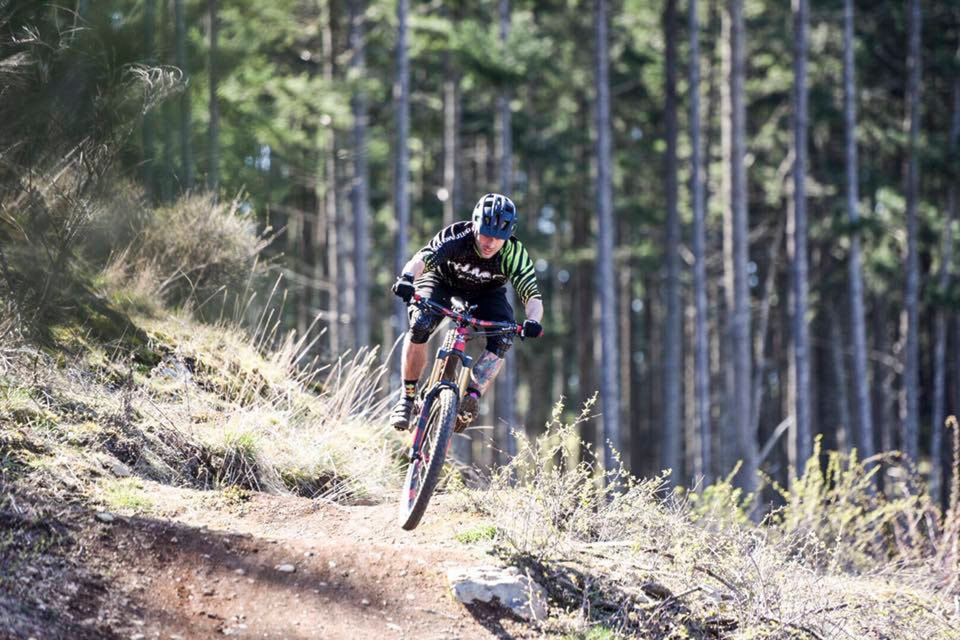Good news for mountain bikers in B.C., a new study shows a sharp upswing in the number of people coming to the province specifically for mountain bike tourism, leading to record profits and hopes of more support for mountain biking from the province.
The economic impact study, conducted by the Mountain Bike Tourism Association (MTBA) and Destination British Columbia, shows an increase of over 100% in revenues and employment numbers related to mountain biking in B.C. over a ten year period. Revenues rose from $31.7 million to $70.6 million while employment rose from 309 jobs to 687 jobs directly related to mountain bike tourism in the province.
The largest growth has been seen in coastal regions, such as Vancouver’s North Shore, and Whistler’s Mountain Bike Park and Whistler Valley Trail Network. The Shuswap, home to numerous expansive trail systems, as well as the Salty Dog Enduro race — one of the largest mountain biking events in B.C. — also benefits from these increasing mountain biking tourism numbers.
“The ability to showcase the economic impacts of what is still often viewed as a ‘fringe’ sport to land managers and elected officials is invaluable” says Cooper Quinn, president of the North Shore Mountain Bike Association. “Having hard data showing the financial impacts and growth of mountain biking over the past 10 years gives us credibility and a business case to support further investment from municipalities and other levels of government.”
However, while the growth has been a boon for tourism in many communities, it is not without challenges, particularly for the mountain bike clubs who are maintaining the trail systems largely through volunteer labour. Mountain bike clubs and other organizations around the province are struggling to keep up with the demand and are seeking funding to increase their capacity to build and maintain trails.
While some municipalities and districts offer grants and other funding to support the upkeep of local trails, this is not always the case in all parts of the province and many communities are facing similar maintenance challenges. Trails are often located on Crown land outside of municipal boundaries making it difficult for local governments to allocate funding for adequate maintenance.
@Jodi_Brak117
jodi.brak@saobserver.net
Like us on Facebook and follow us on Twitter.
